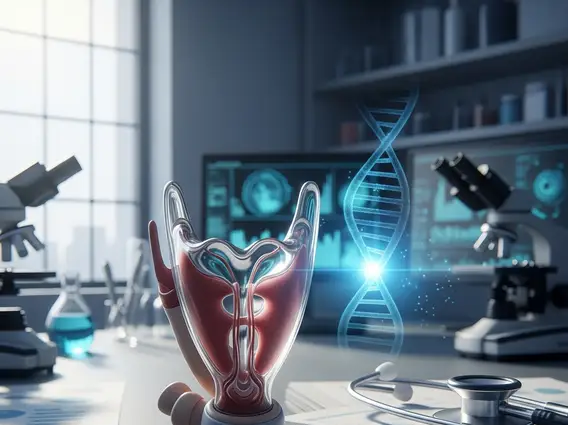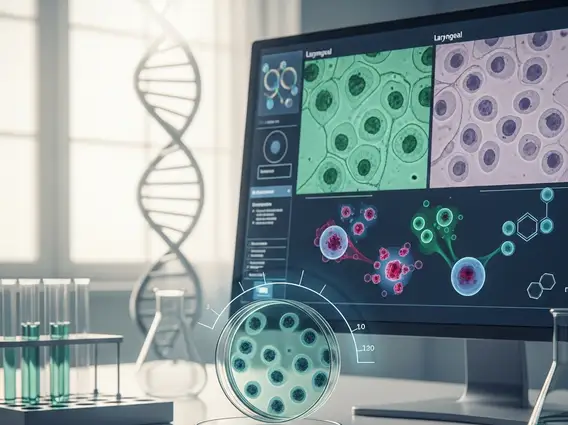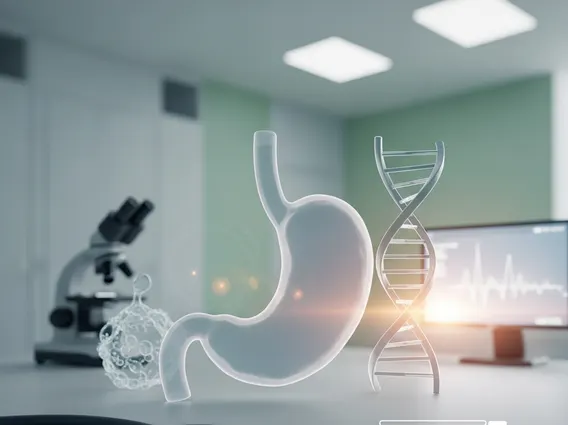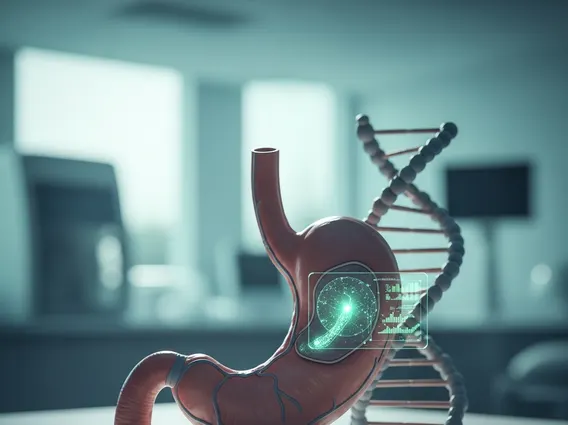There are many different types of blood cancer, including leukemia, lymphoma, myeloma, myelodysplastic syndromes, and myeloproliferative neoplasms. These blood cancers are named after the cell that the cancer originates from, for example, leukemia affects the white blood cells such as lymphoid or myeloid. Lymphoma affects the lymphatic system, and myeloma starts in plasma cells.
What are the Types of Blood Cancers?
Approximately every 3 minutes someone in the United States is diagnosed with a blood cancer. In 2020 alone, it is estimated that 178,520 people will be diagnosed with blood cancer, of which there are 3 main types: leukemia, lymphoma, and myeloma. There are also myelodysplastic syndromes and myeloproliferative neoplasms, but they are less common.
Leukemia is a blood cancer where the white blood cells abnormally multiply in the bone marrow and blood. This abnormal overproduction of white blood cells can affect the production of red blood cells and platelets.
Lymphoma is a blood cancer that affects the lymphatic system, which functions to remove excess fluids from the body and produce immune cells. When the affected lymphocytes grow abnormally, they become lymphoma cells that collect in the lymph nodes and other body tissues, impairing the immune system. The two types of lymphoma are Hodgkin’s lymphoma and Non-Hodgkin’s lymphoma.
To learn more about Non-Hodgkin’s Lymphoma, read our ultimate guide: Non-Hodgkin’s Lymphoma Ultimate Guide
Myeloma is a cancer that begins in the plasma cells. Plasma cells produce disease and infection fighting antibodies, meaning the body’s immune system is weakened and more prone to infection when the cells grow abnormally.
Myelodysplastic Syndromes occur when blood cells in the bone marrow do not become healthy and mature. The different types of syndromes include subtypes of refractory anemia, subtypes of refractory cytopenia, unclassifiable myelodysplastic syndrome, myelodysplastic syndrome associated with an isolated del(5q) chromosome abnormality, and chronic myelomonocytic leukemia (CMML).
Myeloproliferative Neoplasms begin with an abnormal change in the stem cell within the bone marrow, leading to overproduction of blood cells. The three types of myeloproliferative neoplasms are essential thrombocythemia, myelofibrosis, and polycythemia vera.
Signs and Symptoms of Blood Cancer
The signs and symptoms of blood cancer can depend on the type of blood cancer that is present. For example, symptoms present themselves differently depending on whether red blood cells, white blood cells, or platelet counts are low.
Low red blood cell symptoms:
- Fatigue and/or weakness
- Shortness of breath
- Dizziness
- Headache
- Cold hands and/or cold feet
- Fast or irregular heartbeat
- Pale skin
- Chest pain
Low white blood cell symptoms:
- Repeated infections or infections that will not go away
- Fevers
- Chills or sweating
- Mouth sores
- Fatigue or malaise
- Sore throat
- Skin sores
Low platelets:
- Frequent bruising, or bruising without a clear reason
- Easy bleeding
- Red spots on the skin
- Blood in urine and/or stool
- Heavier menstrual flows
- Prolonged bleeding
- Fatigue
- Enlarged spleen




















